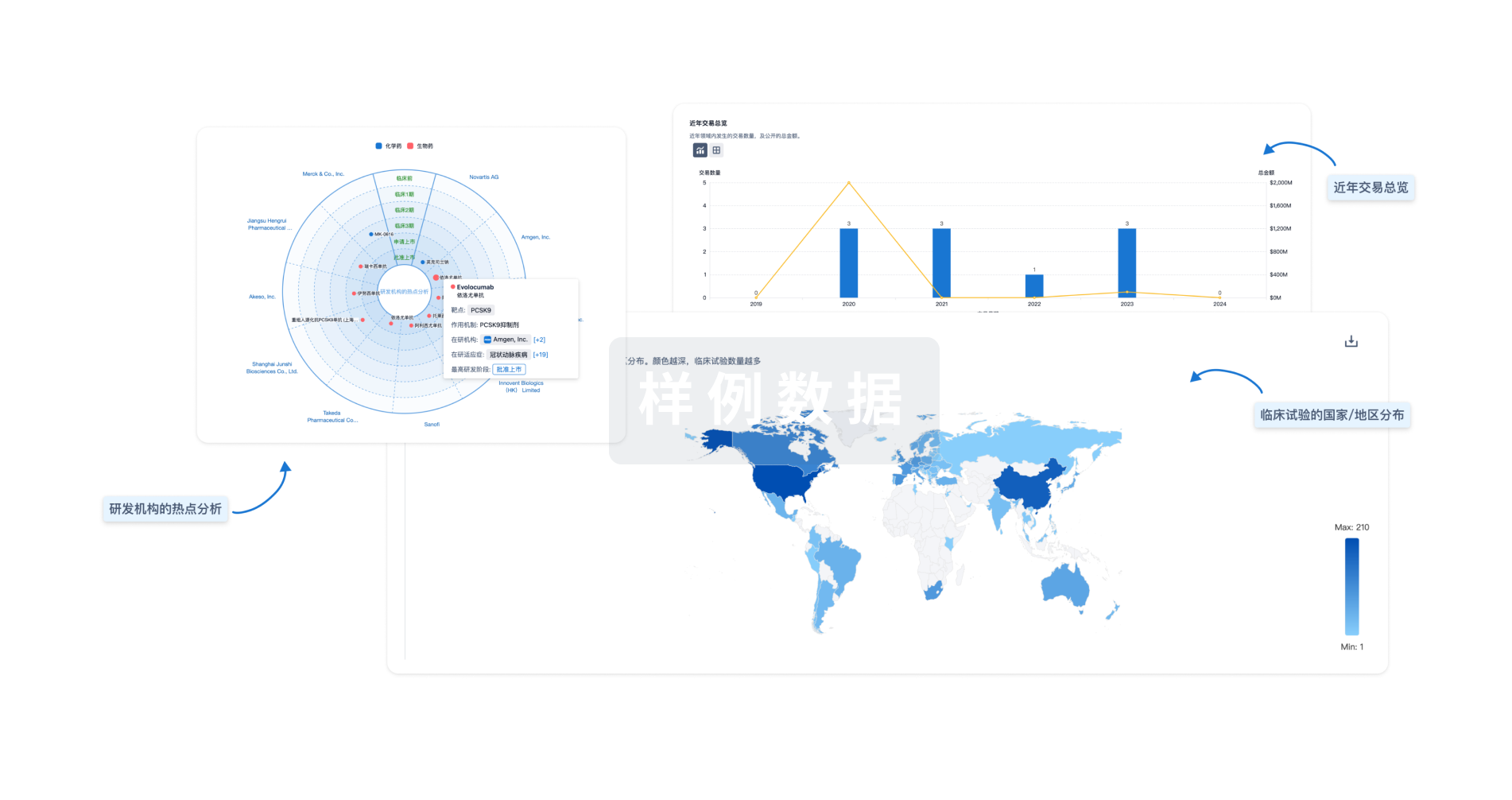预约演示
更新于:2025-05-07
CYB5A
更新于:2025-05-07
基本信息
别名 CYB5、CYB5A、Cytochrome b5 + [3] |
简介 Cytochrome b5 is a membrane-bound hemoprotein functioning as an electron carrier for several membrane-bound oxygenases. |
关联
100 项与 CYB5A 相关的临床结果
登录后查看更多信息
100 项与 CYB5A 相关的转化医学
登录后查看更多信息
0 项与 CYB5A 相关的专利(医药)
登录后查看更多信息
2,144
项与 CYB5A 相关的文献(医药)2025-06-01·Gene
ZmCYB5-1, a cytochrome b5 Gene, negatively regulates drought stress tolerance in maize
Article
作者: Tan, Xiaoting ; Che, Ronghui ; Li, Hui ; Meng, Xiaona
2025-05-01·Insect Biochemistry and Molecular Biology
Sex pheromone biosynthesis in the Oriental fruit moth Grapholita molesta involves Δ8 desaturation
Article
作者: Ding, Bao-Jian ; Löfstedt, Christer ; Heckel, David G ; Dam, Marie Inger ; Groot, Astrid T ; Brauburger, Kristina ; Wang, Hong-Lei ; Powell, Daniel
2025-04-01·ChemPhysChem
Iron‐Histidine Coordination in Cytochrome b5: A Local Vibrational Mode Study
Article
作者: Kraka, Elfi ; Fleming, Kevin ; Freindorf, Marek
分析
对领域进行一次全面的分析。
登录
或

生物医药百科问答
全新生物医药AI Agent 覆盖科研全链路,让突破性发现快人一步
立即开始免费试用!
智慧芽新药情报库是智慧芽专为生命科学人士构建的基于AI的创新药情报平台,助您全方位提升您的研发与决策效率。
立即开始数据试用!
智慧芽新药库数据也通过智慧芽数据服务平台,以API或者数据包形式对外开放,助您更加充分利用智慧芽新药情报信息。
生物序列数据库
生物药研发创新
免费使用
化学结构数据库
小分子化药研发创新
免费使用